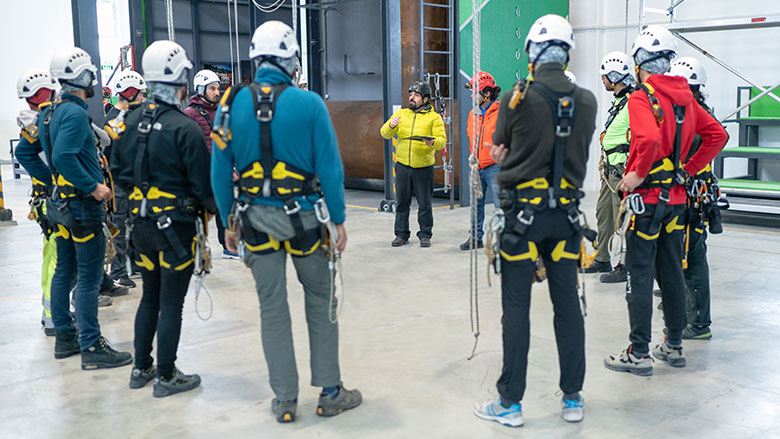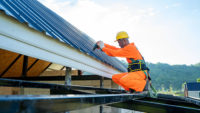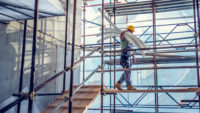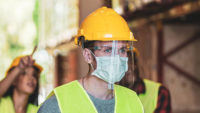Regulation 29 CFR 1926.503
Key provisions:
- The employer must provide a training program for each employee who might be exposed to fall hazards.
- The program shall enable each employee to recognize the hazards of falling and shall train each employee in the procedures to be followed in order to minimize these hazards.
- Training will be conducted by a competent person and will include: the nature of fall hazards in the work area; the correct procedures for erecting, maintaining, disassembling, and inspecting the fall protection systems to be used; the use and operation of guardrail systems, personal fall arrest systems, safety net systems, warning line systems, safety monitoring systems, controlled access zones, and other protection to be used and the role of each employee in the safety monitoring system when this system is used.
- Depending upon the work being performed, training must also include the limitations on the use of mechanical equipment during the performance of roofing work on low-sloped roofs and the correct procedures for the handling and storage of equipment and materials and the erection of overhead protection.
- The employer must verify compliance with the training requirements by preparing a written certification record which contains the name or other identity of the employee trained, the date(s) of the training, and the signature of the person who conducted the training or the signature of the employer.
- “Retraining” must be done when the employer has reason to believe that any affected employee who has already been trained does not have the understanding and skill required by the standard.
Training assistance
OSHA, in partnership with the National Institute for Occupational Safety and Health and National Occupational Research Agenda (NORA) - Construction Sector, has a three step campaign to prevent falls in construction:
- PLAN ahead to get the job done safely. This includes determining what safety equipment is needed for each task. When estimating the cost of a job, employers should include safety equipment, and plan to have all the necessary equipment and tools available at the construction site. For example, in a roofing job, think about all of the different fall hazards, such as holes or skylights and leading edges, then plan and select fall protection suitable to that work, such as personal fall arrest systems (PFAS).
- PROVIDE the right equipment. Employers must provide fall protection and the right equipment for the job, including the right kinds of ladders, scaffolds, and safety gear. For roof work, if workers use personal fall arrest systems (PFAS), provide a harness for each worker who needs to tie off to the anchor. Make sure the PFAS fits, and regularly inspect it for safe use.
- TRAIN everyone to use the equipment safely. Every worker should be trained on proper set-up and safe use of equipment they use on the job.




